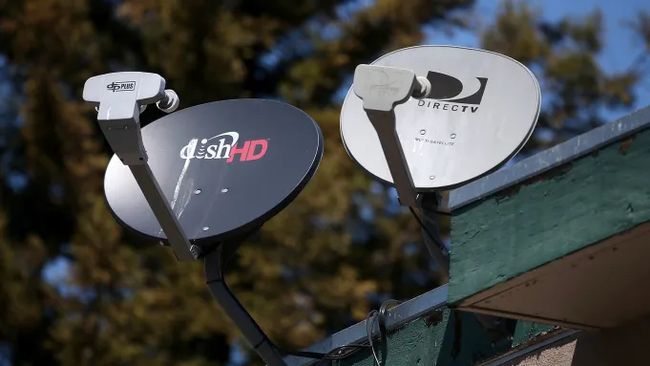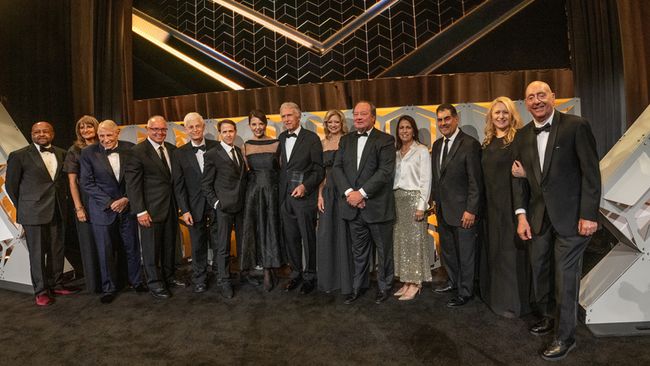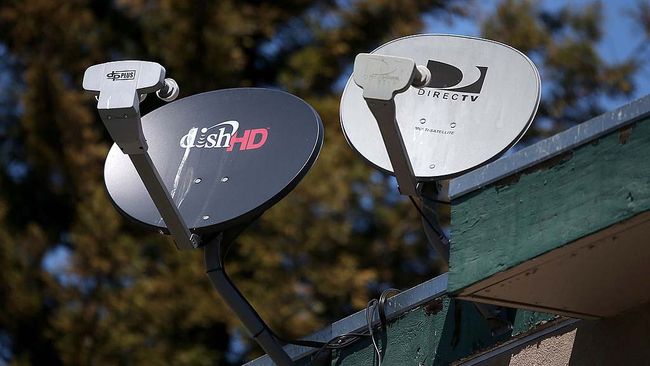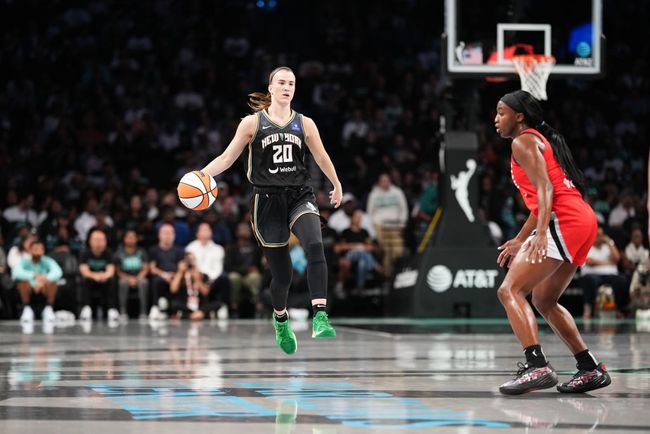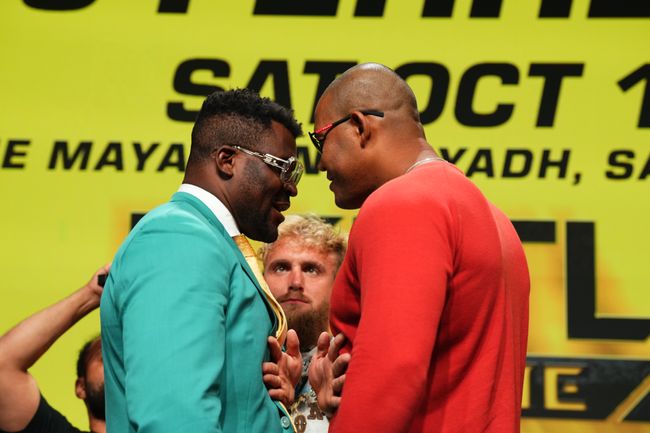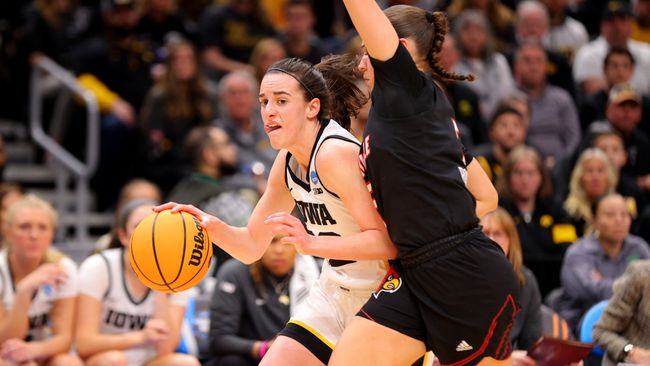Intel and NHK Stream 8K Video Through an 80 Mbps Broadband Connection
Tech companies see whoever ends up licensing 'NFL Sunday Ticket' next as one of their first potential customers
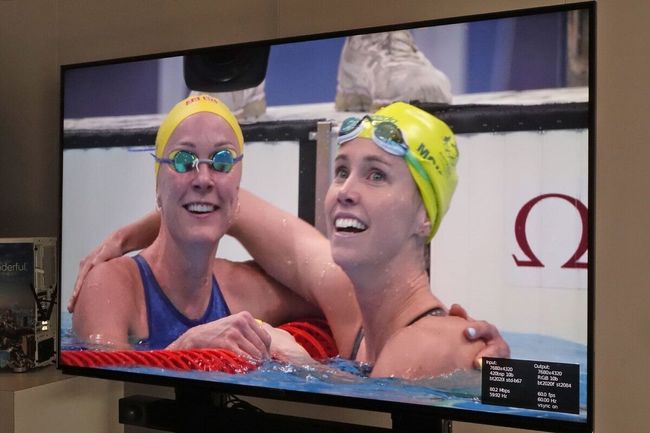
With most of the major streaming companies beefing up their live sports offerings, fans are finding plenty of games to watch. But if Ravindra “Ravi” Velhal has his way, watching those games over the Internet is soon going to look better than ever.

Velhal is a global content strategist at Intel, a long-time veteran of the chip giant and a leader of its push into live, streamed video at an eye-boggling 8K resolution. More importantly for Hollywood streaming companies trying to differentiate their services, Intel and partners NHK and Globo (broadcasting giants from Japan and Brazil respectively) just used the Tokyo Olympics to showcase how to send those vast, super-high-quality live streams down a garden-variety broadband connection onto screens on four continents.
Velhal points to “three legs on the stool” that combine to create an 8K live stream for truly compelling sports viewing:
> More pixels — The literal definition of resolution. Sony, Samsung and LG already sell 8K screens, with both a viewing experience and a price to make your eyes pop. (Market consultant Omdia said 250,000 to 300,000 8K screens were sold in 2020, compared to 100 million 4K screens.) Blackmagic Design is already selling commercial 12K cameras, and Velhal has seen demonstrations of 16K cameras. The real challenge, however, is getting content to match the resolution. Most of what runs on 8K screens these days is upscaled from 4K by a TV set’s built-in systems. That looks pretty darned good, but even 4K streams remain rare enough that streamers such as Netflix charge more for a stream worthy of upscaling. The Intel flavor of 8K sends 23 million pixels per second onto the internet by way of a video-encoding card that uses a Xeon processor with a whopping 112 cores (your PC’s CPU or graphics card probably has 8 or 16 cores).
> Faster pixels — Auteurs like Peter Jackson have experimented for years with higher frame rates to create a more immersive experience in films such as The Hobbit, which ran in 48 frames per second, but was criticized by those who missed the cinematic feel of traditional 24 FPS. But viewer expectations for live sports are far different from those of film fans. For sports, Velhal said, 60 FPS is “extremely important,” removing the visual jitter of transitions between too few frames while creating an intentionally lifelike experience.
> Better pixels — Truly great video images need more than lots of pixels delivered quickly. They also need a wide color gamut using HDR10, hybrid log gamma, or Dolby Vision, all generally similar technologies to capture and display more of the range of colors our eyes can see.
“All three things, when they come together, you get yourself a golden eye,” Velhal said, using the industry term for the visual experts such as cinematographers, directors, editors and color timers who bring the most demanding expectations for their images.
NEXT TV NEWSLETTER
The smarter way to stay on top of the streaming and OTT industry. Sign up below.
A fourth component of truly immersive video is actually capturing the full sound of a live experience, Velhal said. Sophisticated audio systems are getting more common in many homes, and affordable. Vizio, for instance, sells an excellent 5.1-channel sound bar with satellite rear speakers and subwoofer for about $200. Intel’s technology captures that game audio in Dolby Atmos at three levels of immersion, stereo imaging, 5.1 channel, and a massive 22.2 channels, ideal for large venues filled with speaker arrays.
It’s those golden eyes, though, who’ll make a difference for Intel in trying to pry open doors in Hollywood, a place where it has long pitched emerging technologies as a way to both improve the entertainment experience and sell a lot more computer chips.
Intel and NHK have been showing off the 8K streams since the Tokyo Olympics began in late July. Over 19 days, the companies encoded and streamed a total of 216 hours of live programming, from the opening to closing ceremonies with many kinds of competitions in between. The resulting streams were fed onto public content-distribution networks, or CDNs, and streamed to destinations in Tokyo, Berlin, Los Angeles, Velhal’s home base of Portland, Ore., and Intel HQ in Santa Clara, Calif. The streams also were delivered to Globo’s operations in Brazil for distribution there.
“The NHK broadcast was mind-boggling, with the kind of quality you get to see,” Velhal said. “A judo participant dropped a contact lens, and you could actually see a mark on the contact lens. You could see the bar code on the (security) badge.”
That latter shot is is the latest version of a long-running set of headaches caused clearer and clearer images. Such issues have vexed Hollywood set decorators and production designers (not to mention on-screen performers) for more than two decades, beginning with the shift from standard-definition to high-def that suddenly meant poor makeup jobs or fake brick backdrops no longer passed muster.
“My God, the makeup artist has to retrain,” Velhal said. “You need to hide those blemishes. Your makeup artist needs to retool and retrain. But it’s an evolution from the bottom up, not just a continuation of what's happening in the industry.”
More recently, Intel has been showcasing the results to Hollywood specialists, a next step in the campaign for adoption by broadcasters and streamers.
The key to success in these trials isn’t even the quality of the streams, though that’s important. The big step forward is that they’re delivered on relatively ordinary broadband networks at speeds of as little as 80 megabits per second. That’s a decent-sized pipe, but hardly unusual in an era where many gamers and videophiles happily spring for 1 Gbps feeds. Throw in security and VPNs, and go for a purely lossless stream, and you’ll want a feed more on the order of 250 to 400 Mbps, Velhal acknowledged. But that’s still in the realm of relatively ordinary these days, at least in major markets.
Regardless, the stream travels “over the open Internet,” Velhal said. “We’re not talking about a special network. That's the internet we use. There’s no special connection.”
Intel is betting that hard-core sports fans and the bars, restaurants and similar venues that spring for NFL Sunday Ticket will be interested in an 8K game feed. It’s also getting attention in the NFL’s own venues, like SoFi Stadium, the $5 billion home to Los Angeles’ two pro football teams, the Rams and Chargers.
“Now we’ve created another differentiator,” for the in-person stadium experience, said Rick Hack, Intel’s head of media & entertainment partnerships. “SoFi has an 8K screen above the field. They want to deliver 8K (video) on an 8K screen.”
It also can appeal to companies such as Red Bull Media that typically stage and stream events in all kinds of temporary settings a long way from a massive NFL stadium, providing high-res replays and live shots to the in-person audience as well as remote viewers.
It’s not hard to envision at least a couple of sports-focused streaming services also jumping on 8K sooner than later, adding an 8K live game stream as a way to drive viewership, awareness, and premium-level subscriptions. As the business gets even more competitive, and market share harder to protect, better experiences will matter to a key part of the audience.
Intel’s commercial interest in adoption also goes beyond selling that honking-big encoding card. The company is getting back into the graphics card business in competition with Nvidia and AMD next year, yes, but it’s also hoping to take advantage of a broad range of other technology it developed to deliver live, 8K sports feeds reliably over the Internet.
“This is not just about Xeon, but also requires recording onto memory, algorithms that can process the images quickly, better buses, better graphics, faster storage, even how it connects to your TV,” Velhal said. “This technology brings all these components together.”
It’s way too soon to expect any widespread industry adoption of Intel’s approach yet, or that of any other company.
But live sports – like video gaming and (ahem) adult programming – is one of those sectors that tends to push technology boundaries because an ardent subset of viewers will pay more to have the best possible experience.
Sooner or later, everyone else gets to benefit as prices come down and the technology becomes more widely available. With 8K TV sets already in the market, and tech like Intel’s that eliminates the barriers to delivering the best content to those screens, it’s going to be something to watch for, and soon.
David Bloom of Words & Deeds Media is a Santa Monica, Calif.-based writer, podcaster, and consultant focused on the transformative collision of technology, media and entertainment. Bloom is a senior contributor to numerous publications, and producer/host of the Bloom in Tech podcast. He has taught digital media at USC School of Cinematic Arts, and guest lectures regularly at numerous other universities. Bloom formerly worked for Variety, Deadline, Red Herring, and the Los Angeles Daily News, among other publications; was VP of corporate communications at MGM; and was associate dean and chief communications officer at the USC Marshall School of Business. Bloom graduated with honors from the University of Missouri School of Journalism.

